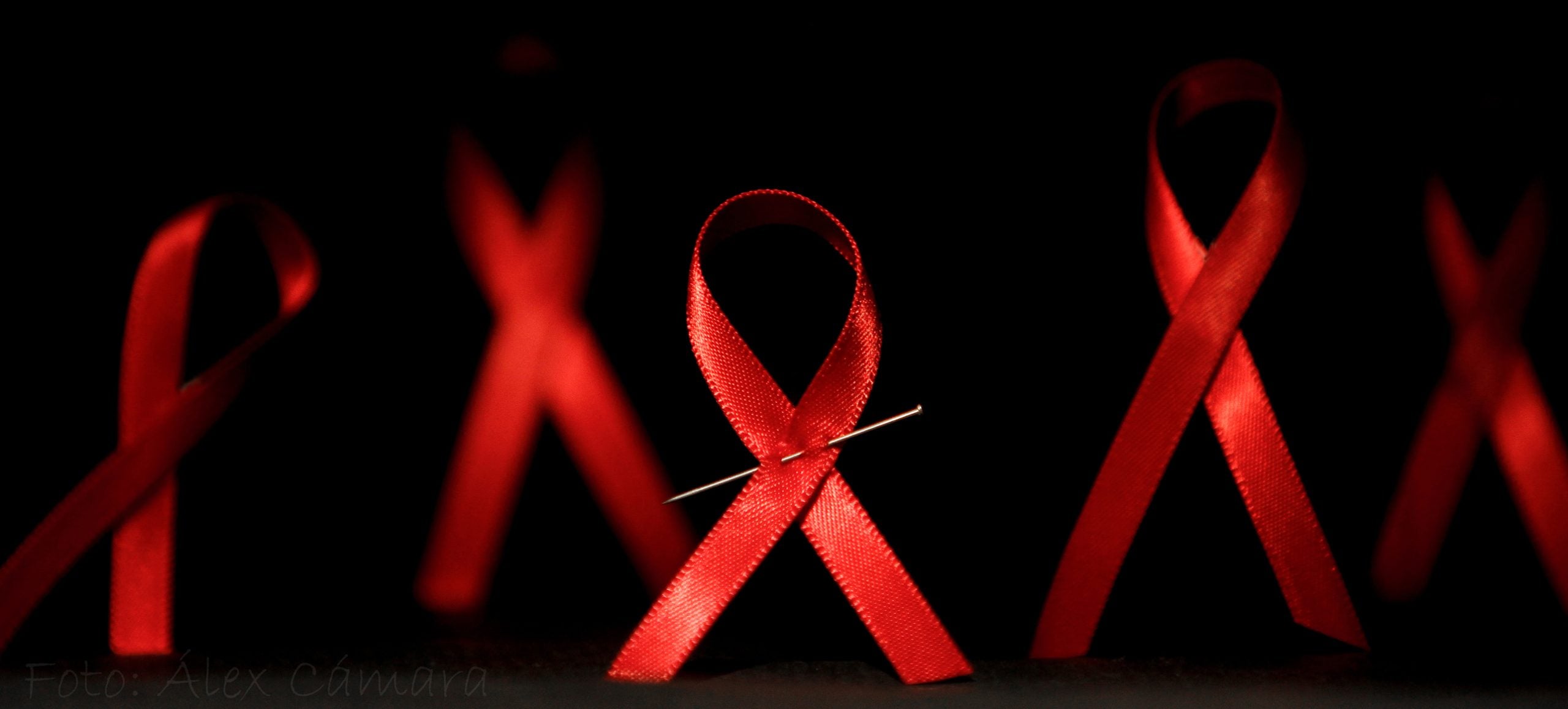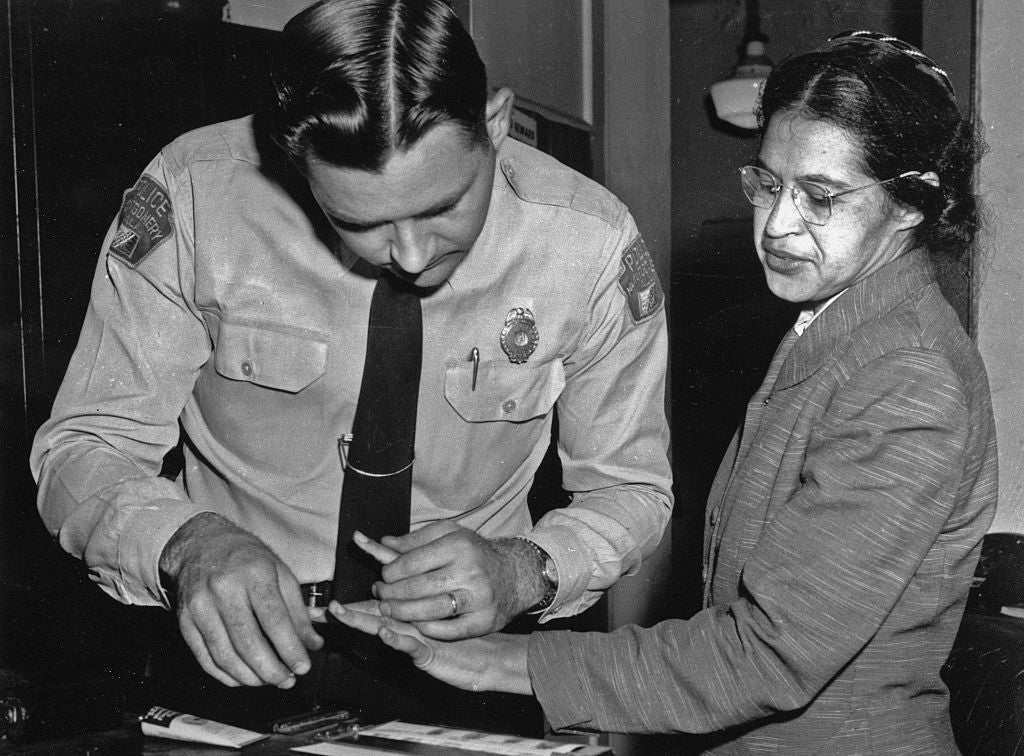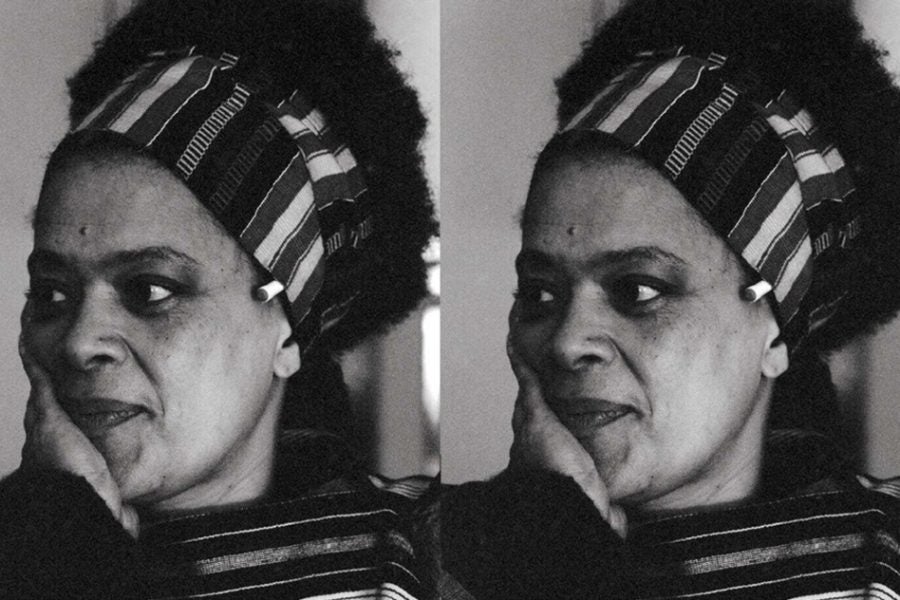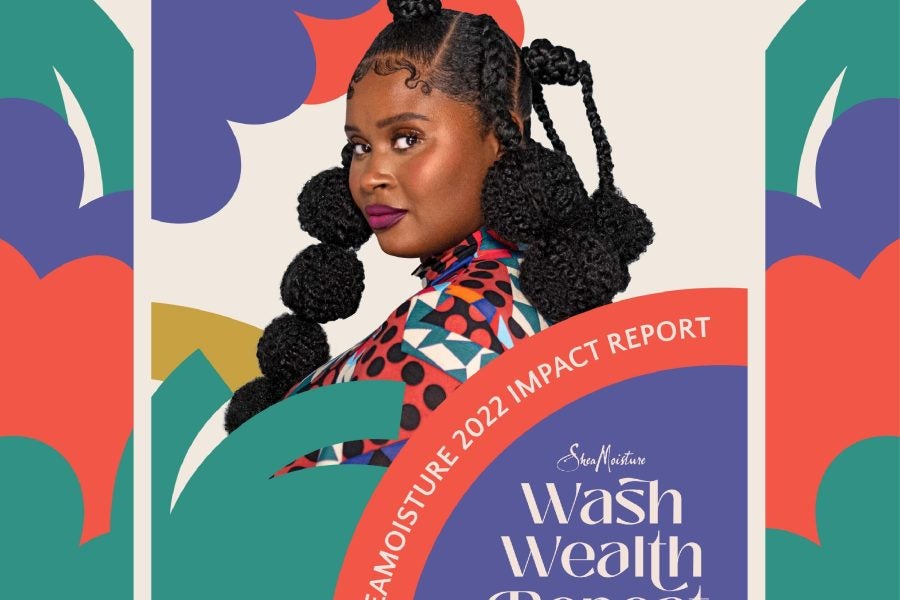
On World AIDS Day, the Biden administration reaffirmed its commitment to ending the HIV/AIDS epidemic by 2030, announcing a new five-year global response strategy for the United States.
The plan’s components include an $850 million request for HIV prevention and care programs in the 2023 federal budget. Additionally, Biden proposed a new $10 billion federal PrEP program. For those without insurance or with low coverage, this could open up access to preexposure prevention and other services.
Reaching UNAIDS targets for all age, gender and population groups, as well as targets for reducing new infections, are examples of some of its global goals. According to CNN, it would also enhance equity for young women, children and adolescent girls.
“Our work is not done. HIV remains a serious threat to global health security and economic development,” U.S. Secretary of State Antony Blinken wrote in the new strategy. “Our progress can be easily derailed if we lose our focus or conviction or fail to address the inequities, many fueled by stigma and discrimination and punitive laws, that stand in our way.”
According to CNN, the U.S. President’s Emergency Plan for AIDS Relief (PEPFAR) has funded antiretroviral treatment for more than 20 million people as of Sept. 30.. That number has risen from 18.96 million in 2021.
PEPFAR has also provided 64.7 million people with HIV testing services and helped 5.5 million babies from being born with HIV.
“With bold leadership, we can deliver care for everyone,” World Health Organization Director-General Tedros Adhanom Ghebreyesus said on Twitter Thursday,
There is still no vaccine or cure for HIV even though medications have made it more manageable and have prevented infections.
In comparison to other races, African Americans account for a higher percentage of new HIV diagnoses and HIV-positive individuals, according to the Centers for Disease Control and Prevention (CDC).
The CDC says that things like racism, homophobia, HIV stigma, poverty, and barriers to health care continue to fuel these disparities. Of the 1.2 million people who had HIV in the United States in late 2019, 479,300 were Black.
Among its goals, the United States aims to reduce inequities while preventing new HIV infections and improving outcomes for those with HIV.







